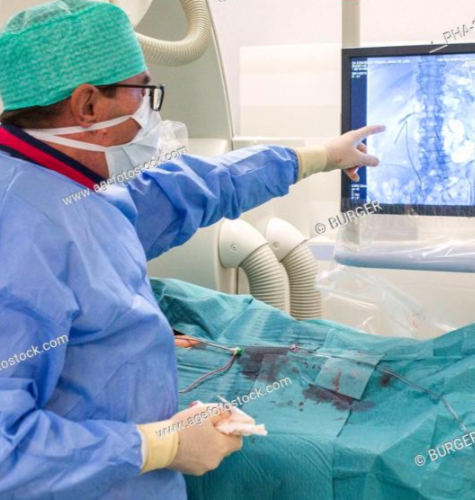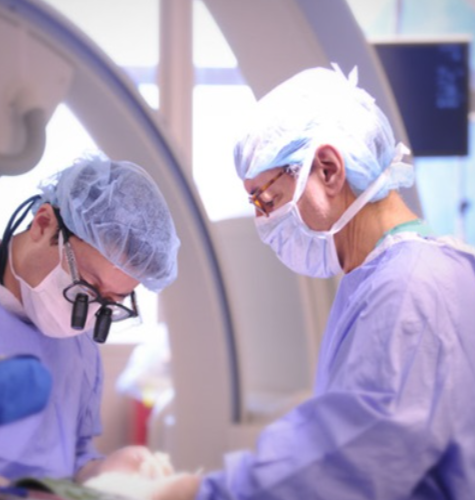

Angioplasty

CORONARY ANGIOPLASTY
A patient undergoing angioplasty in planned manner in stable condition is called elective angioplasty. A coronary angioplasty may be simple to treat or can be a complex heart intervention procedure also known CHIP procedure. Angioplasty procedure requires a careful selection of technique to open blocked heart arteries. Complexity increases when more than one artery is blocked (multi vessel disease), presence of calcium, involving bifurcation sites, diabetes, and long lesion etc.
All these situations require devices like atherectomy, thrombectomy, high pressure balloon and expertise in bifurcation techniques. to achieve optimum results. Even though angioplasty procedure is very safe with minimal complication under an expert operator, a patient needs to follow a strict medication regimen and follow up.
RENAL ANGIOPLASTY
Like any other artery, artery supplying to our kidneys or renal artery also gets clogged. It can be treated with a simple balloon angioplasty, balloon angioplasty followed by special stent for renal artery. Renal artery intervention helps improve kidney function and long term benefits to patients.
Causes and Symptoms:
- High blood pressure that can't be controlled by medication or lifestyle changes.
- Fluid retention.
- Congestive heart failure.
- Kidney failure, which may cause weakness, shortness of breath and fatigue.


CAROTID ANGIOPLASTY
Carotid artery disease is occurrence fatty deposits or plaque that clogs the blood vessels delivering blood to brain and head. A patient suffering carotid artery blockage has increased risk of stroke, a medical emergency that occurs when the blood supply to the brain is interrupted or seriously reduced. Therefore, timely medical intervention is very important.
Identify following symptoms for presence of carotid artery blockages:
- Sudden numbness or weakness in the face or limbs, often on only one side of the body.
- Sudden trouble speaking and understanding.
- Sudden trouble seeing in one or both eyes.
- Sudden dizziness or loss of balance.
- Sudden, severe headache with no known cause.
Smokers, hypertensive, diabetics are at higher risk of having a stroke and therefore advised to eliminate and manage your risk factors.
PERIPHERAL ANGIOPLASTY
Peripheral angioplasty is done to treat blockage in the legs or lower extremities. As a result of the narrowing or blockage, vessels that carry blood from the heart to the legs do not get enough blood supply. It is primarily caused by the buildup of fatty plaque in the arteries, which is called atherosclerosis.
Blockage in peripheral vessel can be opened with the help of catheters, wires, and balloon inflation and also by putting specialized stent for these vessels. There are many new advances in devices in technologies, devices and pharmaceutical management in this area.
Watch for following symptoms as sign of peripheral artery diseases. :
- Coldness in the lower leg or foot, especially when compared with the other side.
- Leg numbness or weakness.
- No pulse or a weak pulse in the legs or feet.

- Painful cramping in one or both of the hips, thighs or calf muscles after certain activities, such as walking or climbing stairs.
- Shiny skin on the legs.
